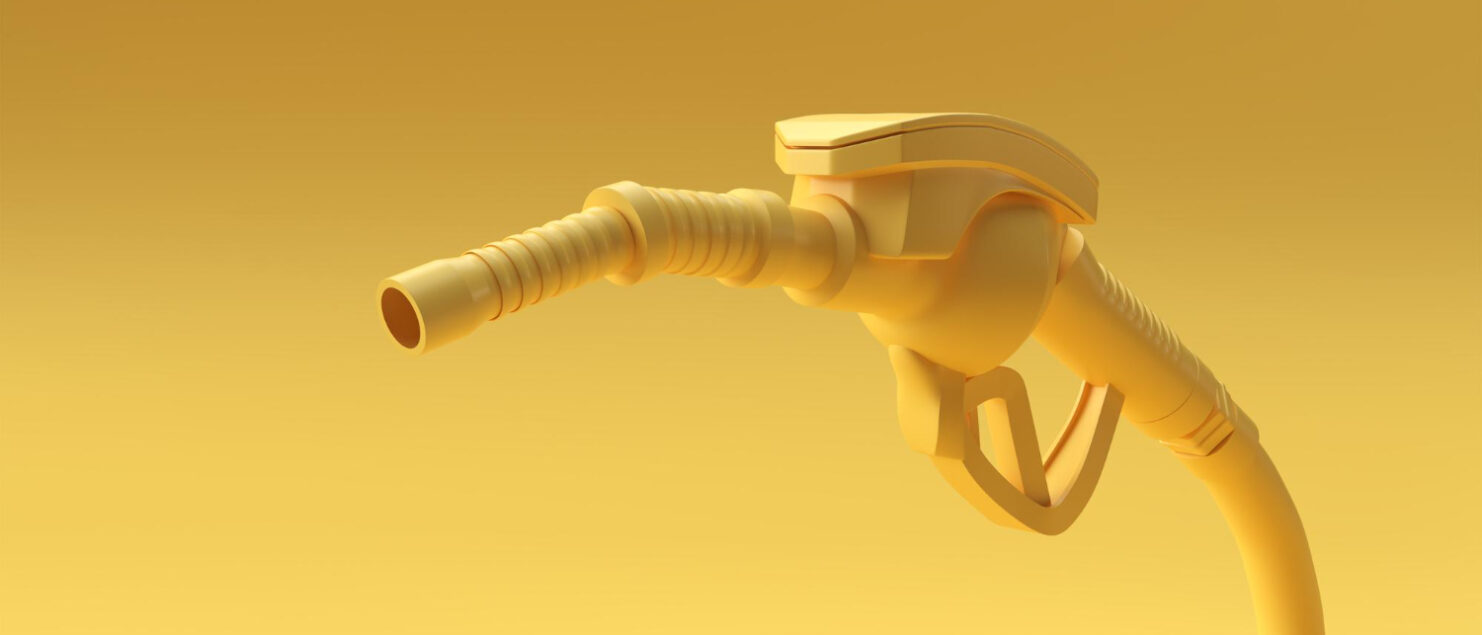Take on Diesel Generators in Context of Environment
Forged from the same spirit of innovation that led to the diesel engine, today’s diesel offers a whole new level of efficiency and performance.
Although the way we use diesel today has changed vastly since their foundation, these incredible machines are still going strong. This is a celebration of the diesel engine and its impact on an industry that many of us don’t even think about.
Diesel engines have had a long time to establish themselves in the public mind, having been invented more than a century ago. Owners of these remarkable machines all around the world have praised them for their longevity and raw power over the years; even the diesel wholesalers in Georgia believes the same.
Diesel-powered generators, on the other hand, have a bad record for being environmentally harmful. Is this a reputation that is well deserved?
The answer to this question is simple – we compare early prototypes to the most recent items on the market. We’ll show that, while diesel generators aren’t ideal, they don’t have the complete negative environmental impact that some people wrongly assume they do.
History of Diesel Generators
Diesel engines, like many other forms of technology, were developed long before environmental concerns were a prominent social problem. To put things in context, the first diesel engine was built in Germany around 80 years prior to the establishment of the Environmental Protection Agency (EPA) in 1970.
The diesel engine’s emission problems have traditionally been mostly with nitrogen oxide (NOx) and particulate matter due to its unique combustion process. Although diesel engines release carbon dioxide, they are a minor source of pollution. Even at full load, diesel engines release one-eighth the carbon monoxide than gasoline engines do.
Particulate matter is simply soot that forms as a result of incomplete diesel fuel combustion, which might occur if the engine isn’t getting enough oxygen. PM is a significant pollutant that has a negative influence on air quality and human health, as well as the climate. NOx is also harmful to plants and ozone, as well as contributing to respiratory and other ailments.
Using Latest Technology to Protect Environment
Necessity, as the adage goes, is the mother of innovation. Generator manufacturers have used their innovation to create genets that are better for the environment and work better as well, as their customers face stricter regulations.
Here are a few of the changes that have been made:
Efficient Combustion
Rail fuel injection, Variable injection timing, and improved combustion chamber layouts have resulted in lower greenhouse gas emissions as well as the capacity to generate greater power with less fuel. Operators will save more money as a result of improved fuel economy.
Cleaner Burning Fuel
Clean fuels have been extensively used for cooking and lighting since time immemorial. However, fossil fuels continue to be the primary energy source in many poor households of developing countries because they are more commonly available and cheaper. Biogas, liquefied petroleum gas (LPG), electricity, ethanol, natural gas and several other clean fuels are increasingly being used as an alternative to traditional biomass fuels to meet universal energy needs.
Alternative Fuel
Biodiesel is a renewable source of energy and can be used in combination with standard diesel fuel. It produces around 30% lower levels of particulate matter (PM) and carbon monoxide (CO) than fossil diesel, as well as much less sulfur. This makes it one of the most environmentally friendly fuels on the market. Biodiesel, an even greener fuel than ULSD, is now more widely available because of recent technological breakthroughs.
Final Words
Because of the huge thermal efficiency advantage of diesel generators, and their ability to run on biodiesel or jet fuel, they are now a viable option for green builders and companies concerned about air quality.
